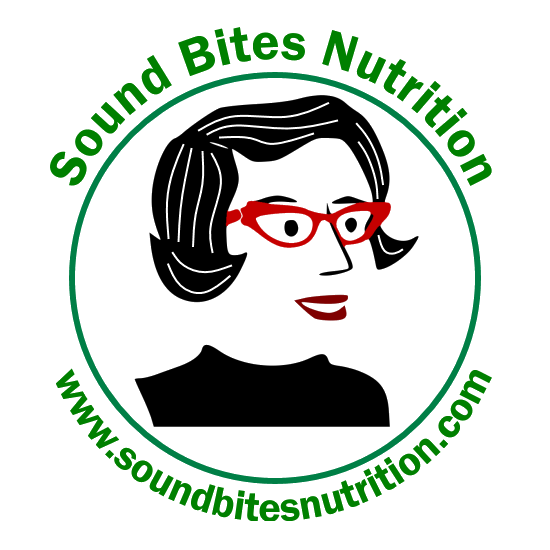Artificial Food Colors & Dyes
 There's been recent news about how the UK and Europe are banning artificial food colors and dyes in their food. Though many people may think it's because they're linked with cancer, the risk is really with kid's health.Synthetic food dyes have been around for years, though the number of 'safe' dyes allowed in food has been reduced from 80 to 7 since 1906. Dyes are added to food to offset color loss, add color to colorless food (read mint ice cream) or make food more attractive. Without food dyes, hot dogs would be gray and Coke would be clear.If you're old enough, you may remember when red M&Ms were taken off the market in the '70s due to a consumer health scare over the dye amaranth (also known as FD & C Red # 2) as it was thought to be a carcinogen. The M&Ms did not contain the dye afterall. Red M&Ms were reintroduced on the market in 1987 and now contain Allura Red AC (FD&C Red #40, E129), which in all fairness, has risks of its own.Ironically, the risk in using synthetic food coloring has less to do with cancer and more to do with behavior in children. Researchers have recently discovered that artificial colors in kid's diets result in increased hyperactivity. A large study, published in a 2007 issue of Lancet led Great Britain's Food Standards Agency to encourage manufacturers in the UK to voluntarily remove and stop adding artificial colors by 2009. They also suggested to that food in drinks in the European Union also become artificial color-free.The Executive Director for the Center for Science in the Public Interest (Michael Jacobson) has also petitioned the FDA to ban the following artificial colors: Yellow 5, Yellow 6, Red 3, Red 40, Blue 1, Blue 2, Green 3 and Orange B as they are linked with behavioral problems and hyperactivity in some children. A legislator in Maryland concerned with children's health has also introduced a bill that would require food labels to carry warning labels on foods containing dyes in that state.When you think about it, most foods containing artificial colors are low in nutritional value anyway. Does the world really need more Fruity Pebblesâ„¢ and blue Kool-aidâ„¢? Feed your children whole foods like ripe red strawberries in place of artificially flavored and colored "fruit" snacks. You may see a positive change in their behavior..
There's been recent news about how the UK and Europe are banning artificial food colors and dyes in their food. Though many people may think it's because they're linked with cancer, the risk is really with kid's health.Synthetic food dyes have been around for years, though the number of 'safe' dyes allowed in food has been reduced from 80 to 7 since 1906. Dyes are added to food to offset color loss, add color to colorless food (read mint ice cream) or make food more attractive. Without food dyes, hot dogs would be gray and Coke would be clear.If you're old enough, you may remember when red M&Ms were taken off the market in the '70s due to a consumer health scare over the dye amaranth (also known as FD & C Red # 2) as it was thought to be a carcinogen. The M&Ms did not contain the dye afterall. Red M&Ms were reintroduced on the market in 1987 and now contain Allura Red AC (FD&C Red #40, E129), which in all fairness, has risks of its own.Ironically, the risk in using synthetic food coloring has less to do with cancer and more to do with behavior in children. Researchers have recently discovered that artificial colors in kid's diets result in increased hyperactivity. A large study, published in a 2007 issue of Lancet led Great Britain's Food Standards Agency to encourage manufacturers in the UK to voluntarily remove and stop adding artificial colors by 2009. They also suggested to that food in drinks in the European Union also become artificial color-free.The Executive Director for the Center for Science in the Public Interest (Michael Jacobson) has also petitioned the FDA to ban the following artificial colors: Yellow 5, Yellow 6, Red 3, Red 40, Blue 1, Blue 2, Green 3 and Orange B as they are linked with behavioral problems and hyperactivity in some children. A legislator in Maryland concerned with children's health has also introduced a bill that would require food labels to carry warning labels on foods containing dyes in that state.When you think about it, most foods containing artificial colors are low in nutritional value anyway. Does the world really need more Fruity Pebblesâ„¢ and blue Kool-aidâ„¢? Feed your children whole foods like ripe red strawberries in place of artificially flavored and colored "fruit" snacks. You may see a positive change in their behavior..
